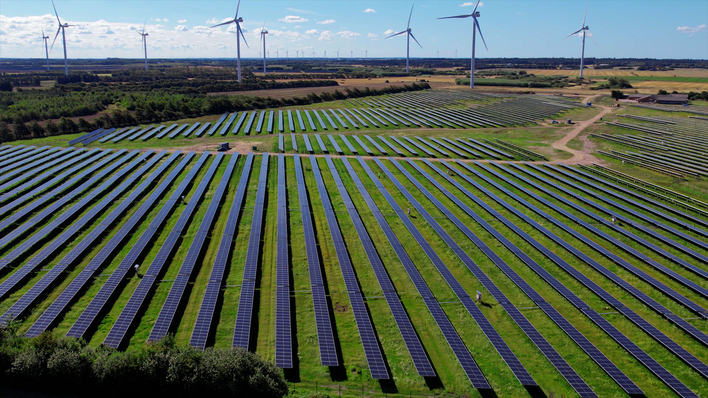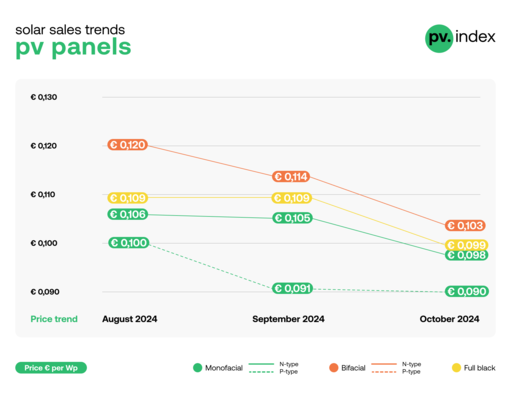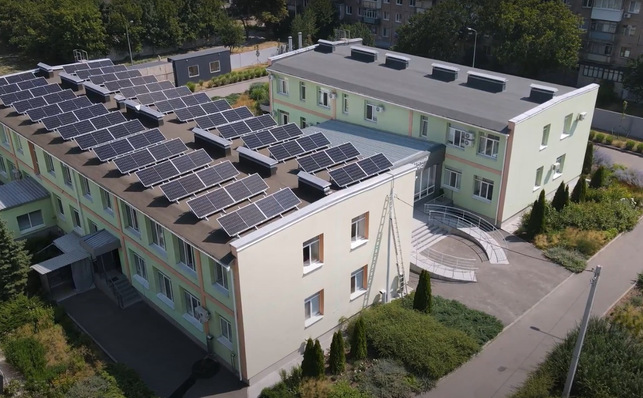Rapporteur on the amendment of the Renewables Energy Directive (REDIII), Markus Pieper MEP, has published the draft report with proposed amendments to the REDIII. The draft amendments cover EU renewable energy targets, the role of renewable hydrogen in climate neutrality, the recognition of the importance of biodiversity, and permitting procedures for renewable energy projects.
In July 2021, the European Commission proposed a revision to the Renewable Energy Directive (REDIII), increasing the EU target to a minimum 40% of renewable energy sources in the overall energy mix by 2030. MEP Pieper’s report endorses this 40% RES target and proposes amendments on other articles.
Walburga Hemetsberger, CEO of SolarPower Europe, “We know we are entering code red for humanity: 2°C warming will be exceeded within this century unless we make deep reductions in GHG emissions. A minimum EU 45% renewables target for 2030 is necessary to keep the continent on track to meet its climate commitments. With the right policy frameworks, a higher renewables target is within reach, and the Yes to 45% RES campaign, endorsed by IPCC scientists, calls on the European Parliament to make this necessary step in the fight against climate change.”
Only promote renewable hydrogen
New language on hydrogen is put forward in the report, with amendments extending the scope of articles to include low-carbon hydrogen and the lowering of ambition for both the industry and transport targets for renewable fuels.
Arthur Daemers, Policy Advisor at SolarPower Europe, “To ensure we don’t lock in dangerous fossil fuel dependency, we must ensure the REDIII’s sole focus on renewables. Crucially, Europe must promote only renewable hydrogen, and adopt ambitious targets for the uptake of renewable hydrogen in the industries and transport segments that are hard to electrify.”
Did you miss that? Solar capacity set to surpass one terawatt globally this year
Within the report, draft amendments underline the importance of responsible solar projects with appropriate land use, and include considerations for the biodiversity impact of solar projects.
Raffaele Rossi, Senior Policy and Market Analyst at SolarPower Europe, “Solar is the least carbon intensive energy source and it is absolutely compatible with biodiversity. Just one example, in Klein Rheide, Germany, where a solar park regenerated land used for gravel extraction, and created a habitat for 450 plants – including 17 on the Red List – as well as native wild animals, insects, and amphibians. SolarPower Europe’s Sustainability Best Practice Benchmark outlines how ground-mounted solar has huge potential in not just maintaining but improving soil quality and biodiversity.”
Accelerate permitting procedures
The report also proposes a ‘Fit for 55’ label for RES projects of public interest that would accelerate permitting procedures, and now includes Environmental Impact Assessment within the two-year deadline set out in the Renewable Energy Directive.
Naomi Chevillard, Senior Policy Advisor at SolarPower Europe, “To accelerate the clean energy transition, we must ensure the deadlines of the RED are enforced. It is good to see the proposal to automatically grant permits when an administrative authorities fail to respect the two-year deadline to process permits. But we must go further, we need better statistics on permitting times of renewable projects, and proper spatial planning to facilitate renewable projects’ access to land.” (hcn)
Also interesting: Call for a solar industrial strategy in 2022







